Top speed 806 km/h Length 29 m Engine type Pratt & Whitney JT8D | Wingspan 31 m Introduced December 1974 First flight November 12, 1970 | |
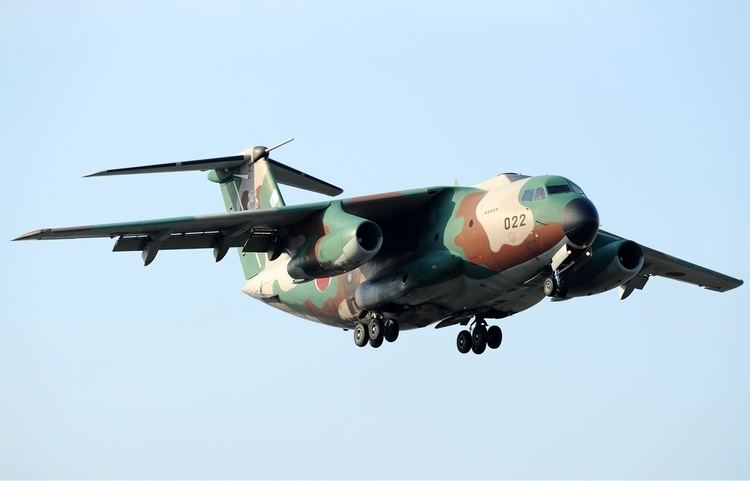 | ||
Manufacturers Kawasaki Heavy Industries, Kawasaki Aerospace Company | ||
The Kawasaki C-1 (川崎 C-1) is a twin-engined short-range military transport, used by the Japan Air Self-Defense Force (JASDF). Development began in 1966 as the JASDF sought to replace its aging World War II–era C-46 Commandos. Production commenced in 1971, and the aircraft remains in service.
Contents
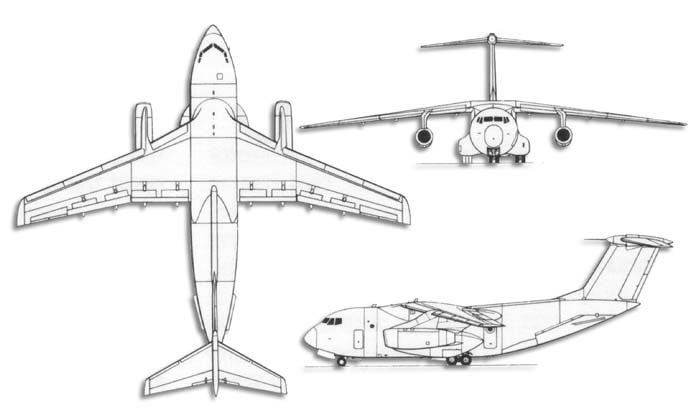
Development
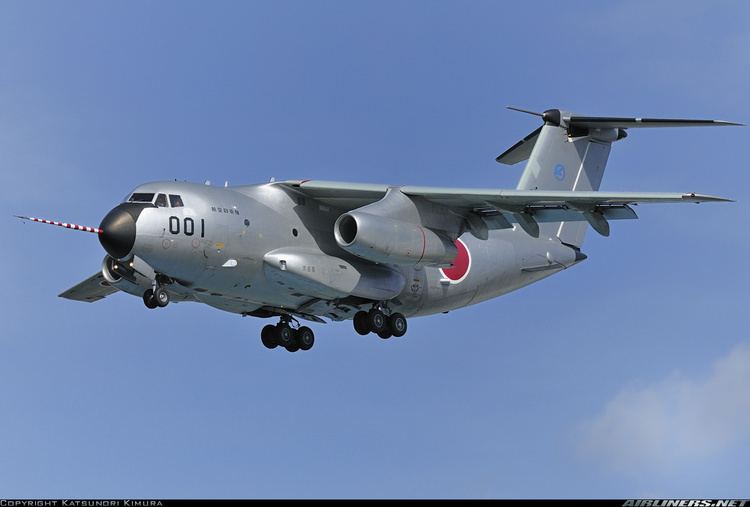
In 1966, the Japan Air Self-Defense Force transport fleet was composed primarily of Curtiss C-46 Commandos, a retired midwar American design built in large numbers before the end of World War II. While relatively capable for its time, the C-46 did not fare well in comparison to newer aircraft such as the Lockheed C-130 Hercules, and the JASDF therefore elected to replace it with a domestically-designed and -manufactured transport aircraft.
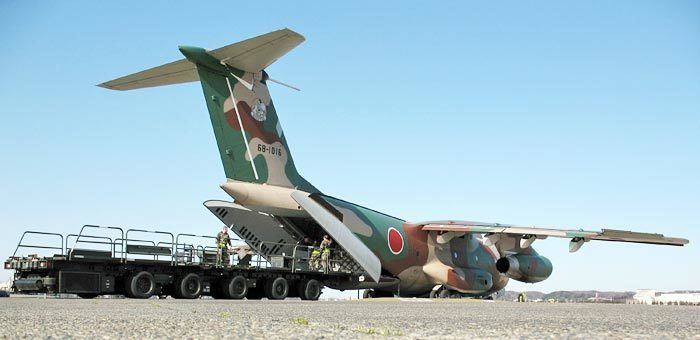
For this purpose, they turned to the Nihon Aircraft Manufacturing Corporation, a consortium of several major corporations, which had begun to produce commercially its YS-11 airliner four years earlier. NAMC decided that Kawasaki Heavy Industries was to be the prime contractor, and the airplane thus bears that company's name. The aircraft has been used as military transport for the JASDF since its maiden flight in November 1970.
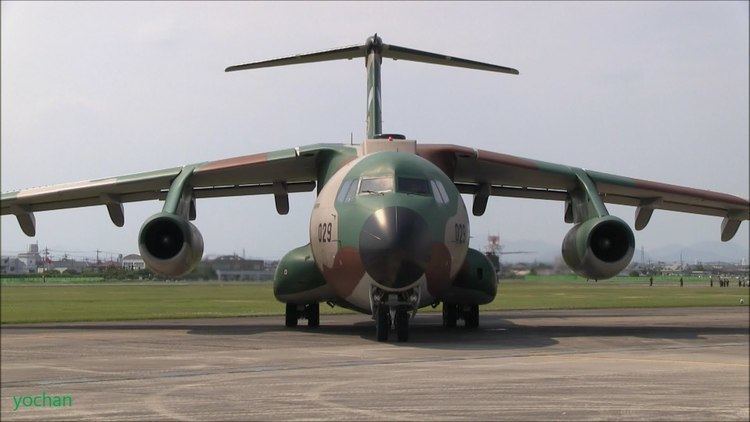
Japanese policies at the time on military equipment were strict in that they were not to have offensive capabilities, and so the maximum range was cut in order to keep the aircraft's operational range inside Japan. This proved to be a problem after Okinawa was returned to Japan from the US, and the aircraft had trouble reaching the island from distant areas. Thus production was reduced and the C-130 was introduced.
Operational history

The Kawasaki C-1 has been in use since 1974 but will be replaced by the Kawasaki C-2, which has a longer range. The first of twenty C-2s is expected to be delivered in 2014.
On 30 June 2016, 1st production model C-2 aircraft, "68-1203", was delivered to Air Development and Test Wing at Gifu Air Field.
Variants
Note: Three C-1s were allocated to the MSDF as airborne minelayers under the Fourth Defense Buildup Plan (1972–76). It is unknown what designation was given to them, or indeed whether they were ever actually delivered.
Operators
Accidents
On 19 April 1983 2 C-1s crashed near Toba, Mie when the lead two airplanes of a formation of 5 en route from Komaki Air Base to Iruma Air Base flew into a hill while flying in low visibility at low altitude. A third airplane narrowly avoided also crashing and struck trees, but was able to return to Komaki Air Base. Fourteen personnel were killed in these two aircraft, six personnel in airplane 68-1015 and eight in aircraft 58-1009.
On 18 February 1986 1 C-1 (airplane 58-1010) suffered extensive damage in take off from Iruma Air Base and was declared a write-off. There were no personnel injured in this accident.
On 28 June 2000, a C-1 crashed into the sea on Japan's west coast during a test flight that was expected to take 90 minutes. The aircraft had five personnel on board.
Specifications (Kawasaki C-1)
Data from Jane's All The World's Aircraft 1976–77
General characteristics
Performance
